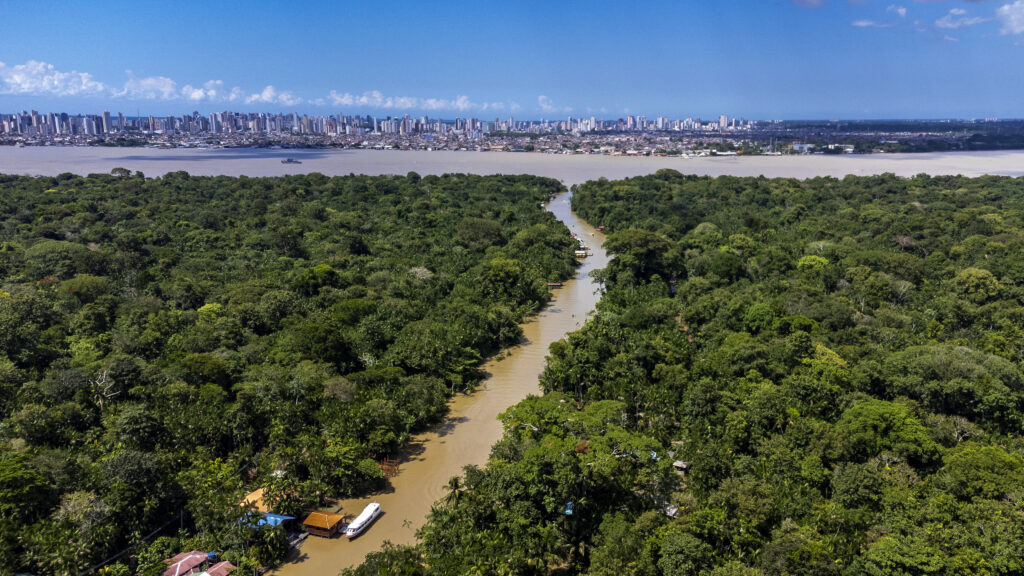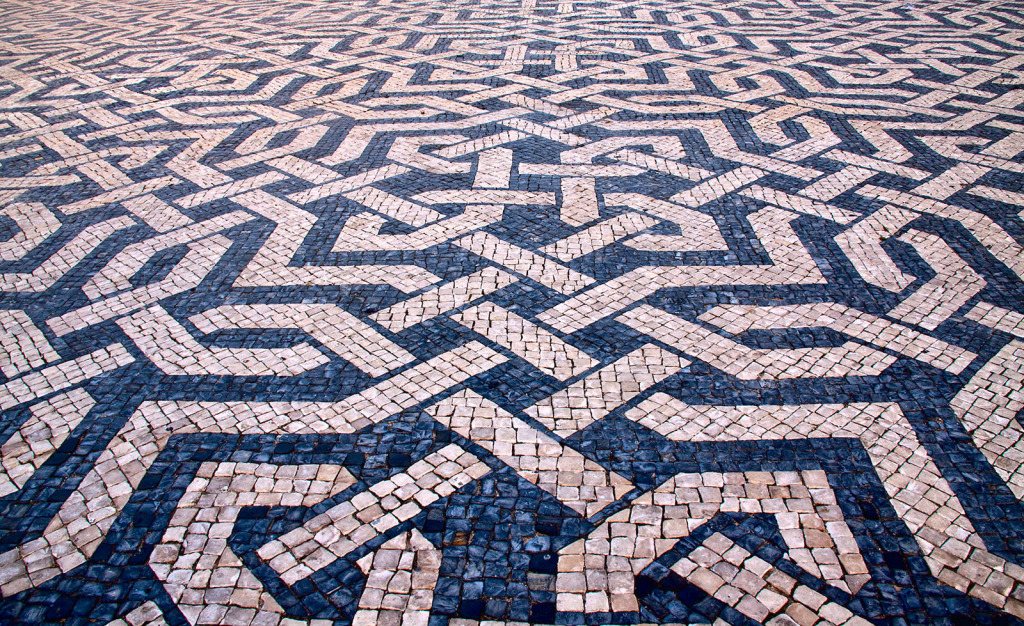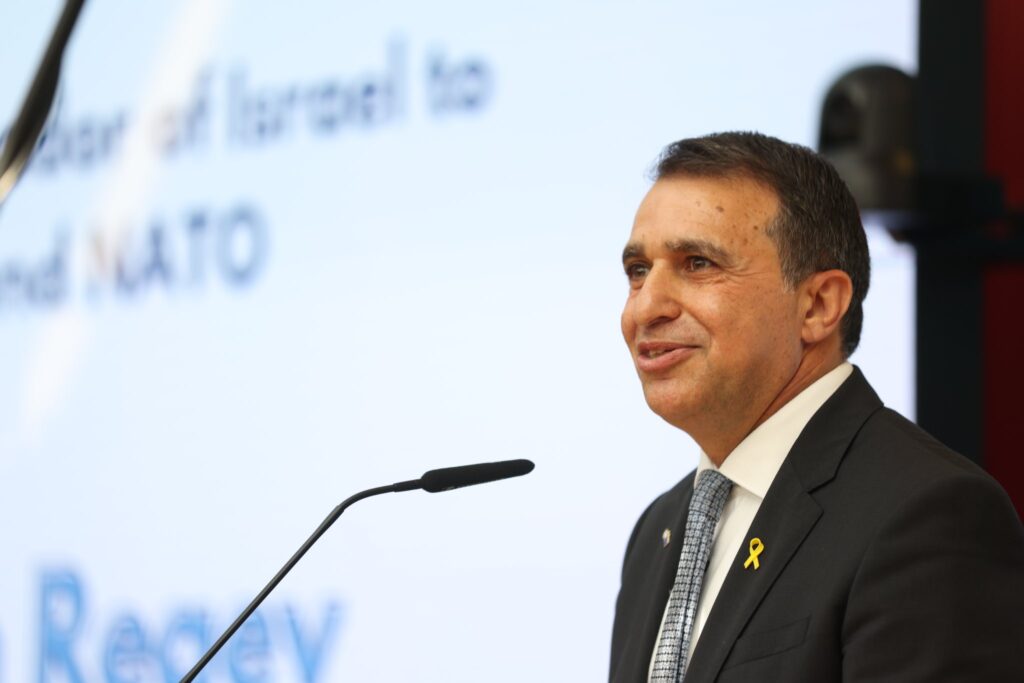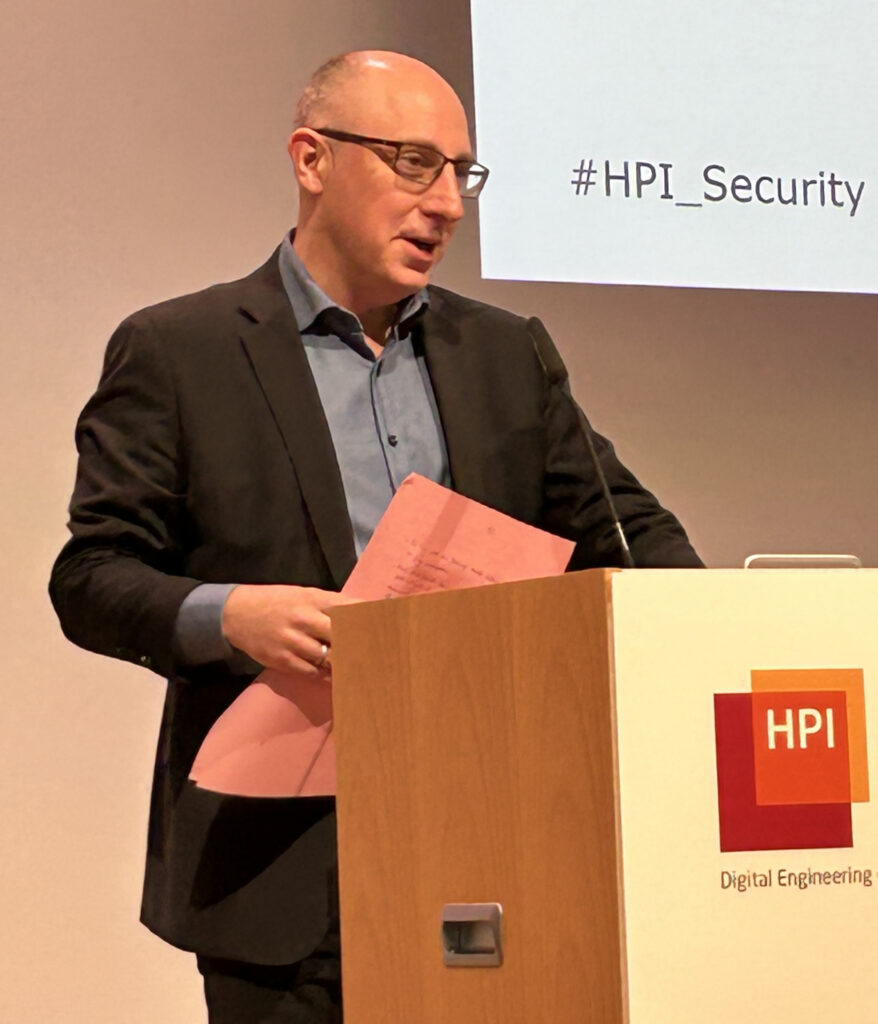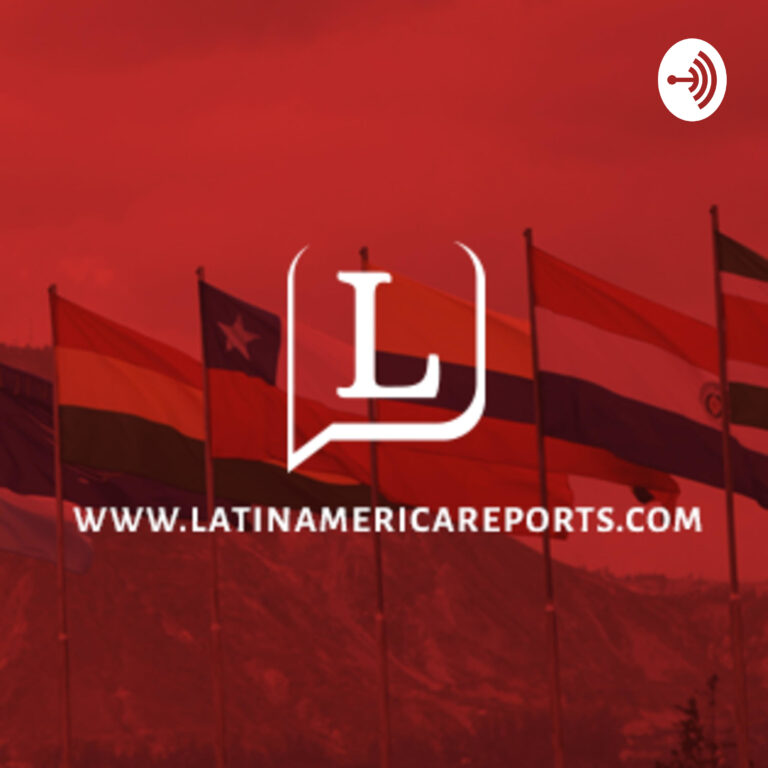London, UK – Europeans currently view irregular migration as the second-greatest challenge to the future of the EU, according to a poll published by the European Union this month.
This perception of migration as an existential threat has fueled violent unrest across the region. In September 2025, an anti-immigration protest of roughly 1,500 people left two police officers injured and a vehicle set alight in the Hague.
Earlier, in July 2025, over 80 Polish cities saw similar demonstrations organised by the far-right Confederation Liberty and Independence party, under the slogan “Stop Immigration”.
Meanwhile, EU policy extends this violence from the streets to the continent’s shores. By negotiating third-party migration deals and enforcing illegal pushbacks, Europe’s policymakers have repeatedly breached international law and turned its oceans into a graveyard, as per the UN.
A new exhibition by the Refugee Support Aegean (RSA) charity, Lesvos 2015 – 10 Years Later, serves to disrupt this hostile narrative. Using oral history and photography, the exhibition explores the Greek island’s humanitarian response to Europe’s 2015 refugee crisis, and spotlights the transformative potential of community solidarity with refugees.
“The aim wasn’t nostalgia, but remembrance with purpose: to show that solidarity isn’t a chapter of the past, but a living value and practice that continues to define who we are, and continues to challenge indifference and fear,” said Eirni Gaitanou, Communications Manager at RSA, while in conversation with EU Reports.
The three-day exhibition, based in Lesvos’ southeastern capital of Mytilene from October 18 to 20, 2025, brought together photographs, music, and 30 testimonies from refugees, residents, and volunteers who were at the forefront of the humanitarian crisis.
Hundreds of visitors passed through the doors of this neoclassical house, now transformed into a space for collective remembrance and emotional reconnection.
An island thrust onto the frontline
“My child, this is what we could do, so this is what we do,” an elderly couple explained as they stood on Lesvos’s shore, offering hot tea to newly arrived refugees on a cold December morning in 2015. Their simple gesture of solidarity now memorialised in one of the exhibit’s testimonies.
In 2015, as war and conflict escalated across the Middle East, millions fled beyond their borders to escape violence and persecution. Most refugees were from Syria, Iraq and Afghanistan, which made Turkey a critical transition point for those hoping to reach Greek territories and claim Europe’s humanitarian protection.
Over 500,000 people arrived on Lesvos’s shores alone, quickly overwhelming the Greek government, still reeling from its 2008 debt crisis.
The EU’s Relocation Scheme– which promised to relocate 160,000 asylum seekers from overstretched member states to others across the bloc- failed to relieve this strain.
By mid-December, only 30 people in Greece had been relocated to other EU states, according to the Humanitarian Practice Network.
This surge in migration also exposed the shortcomings of humanitarian organisations like the UN High Commissioner for Refugees (UNHCR) and the International Rescue Committee (IRC), which struggled to establish refugee camps due to bureaucratic obstructions.
Lesvos reception centres quickly reached a bottleneck, leading to severe overcrowding.
RSA’s exhibition captures the human cost of these institutional failures. Many refugees in Lesvos, including women, children and new-born babies, were forced to sleep outside, lighting fires to keep themselves warm in the European winter.

Image Courtesy of RSA
Author: Chrisa Wilkens

Image Courtesy of RSA
Author: Salinia Stroux
Lesvos locals step up
With little assistance from the state or established aid organisations, ad-hoc volunteer groups were quickly established. Local and international volunteers helped in any way they could to maintain the dignity and protection of incoming refugees – from handing out socks and blankets to offering their homes to displaced families.
“We felt the need to return to that moment because 2015 revealed something extraordinary: an island community that stepped in to fill the void left by the absence, and later the failure, of state and European policies,” Gaitanou explained.
Mohamedi, a refugee who arrived in Greece before 2015 and volunteered in Mytilene at the time of the crisis, was featured in the exhibition’s testimonials section:
I saw Greek women getting out of their cars to hand out socks and blankets. A Greek woman saw another with torn shoes, took off her own and gave them to her. A friend of mine and his wife, who had a few small apartments, stopped renting them and gave me the keys so that I could take some families there, to sleep, take a warm shower, wash their clothes.
For volunteers like him, preserving the dignity of refugees after death was as vital as protecting it in life. In 2015, approximately 3,700 people died or went missing while crossing the Mediterranean, desperate to reach safety via overcrowded boats. With strong tides, dozens of bodies were washed onto the island’s shoreline.
Mohamedi’s testimony continued:
The morgue in Mytilene was full of bodies. In the shipwrecks I dealt with, I often thought it could have been me or my own brothers who had crossed the Aegean. That’s why we accompanied relatives all the way, for the identification, the funerals, the transfer of the bodies. I gave a part of my life to it. I kept being involved, offering what I myself had once needed, what, essentially, I hadn’t had.
While mainstream news provided extensive coverage of the refugee crisis in 2015, the RSA’s exhibition gave a voice to the individuals behind the headlines.
“Through their words and faces, we tried to build a space of memory and recognition, where stories are not told about people, but by them,” Gaitanou noted.
For many, the process of giving testimony remains challenging. Gaitanou, however, stressed that “silence became a part of the story itself: a reminder that memory can also live in what remains unspoken or indescribable.”
Grassroots solidarity, governmental hostility
A decade on, Greece’s right-wing New Democracy government has introduced some of the most restrictive and punitive migration policies in Europe.
The appointment of far-right MP Thomas Plevris as Migration Minister following a cabinet reshuffle in June 2025 signalled a new wave of hardline measures for refugees.
In July, Plevris announced a three-month suspension of asylum applications from North Africa, despite the right to seek asylum being enshrined in EU and international law, as well as in the Greek constitution.
The decision, Plevris said, was intended to send a “clear message” to anyone from North Africa hoping to claim protection in Greece: “Stay where you are, we do not accept you,” he posted on X.
The minister also unveiled the “strictest return policy in the whole EU,” in late September, under which rejected asylum applicants would be fitted with ankle monitors and given two weeks to leave Greece voluntarily.
Those who fail to comply will face a €5,000 fine, and between two and five years of confinement in closed camps.
Amnesty International has criticised these policies, as they “flagrantly violate international law and punish people seeking protection.”
Empathy as resistance
Despite the increasingly draconian migration policies being pursued by the New Democracy government, Lesvos 2015 – 10 Years Later stands as a testament to the enduring power of ordinary people to create safer and more just societies for refugees.
“The response to the exhibition in Lesvos went far beyond our expectations. Hundreds of people came, shared memories and emotions, proving that solidarity is not a memory of the past but a living force: one that continues to move and connect people today,” Gaitanou emphasised.
“Empathy, in that sense, is not weakness; it’s a form of resistance and a force that can reshape fairer societies,” she added.
In the current political landscape, marked by deterrence strategies and border securitisation, the RSA’s exhibition tells policymakers that “there is another way: one rooted in solidarity, shared responsibility, and respect for life and dignity.”
The organisation will be taking Lesvos 2015 – 10 Years Later to Athens in early 2026. Following their European tour, they will digitise the exhibition for public access.
Featured Image Credit
Image: Visitors attend RSA’s exhibition Lesvos 2015 – 10 Years Later
Source: Refugee Support Aegean


